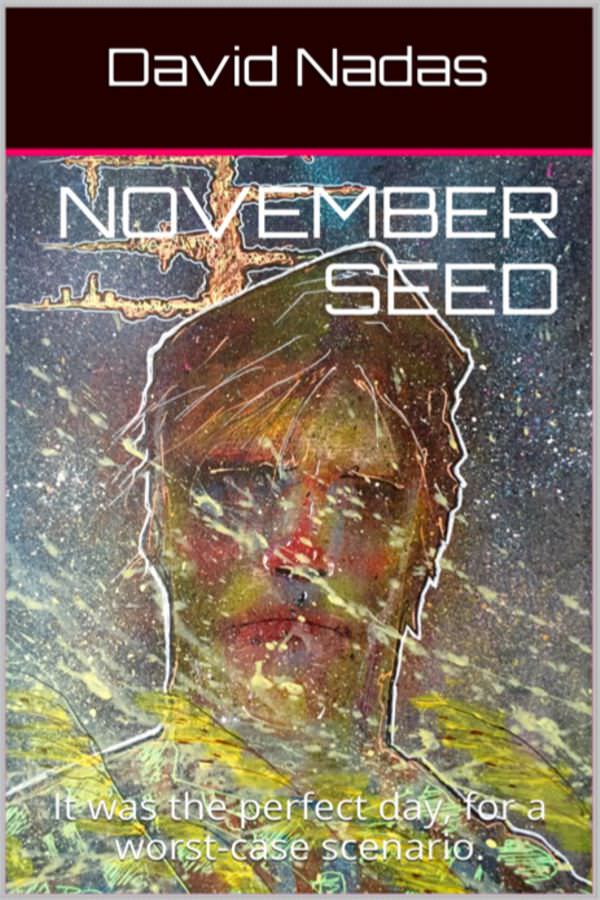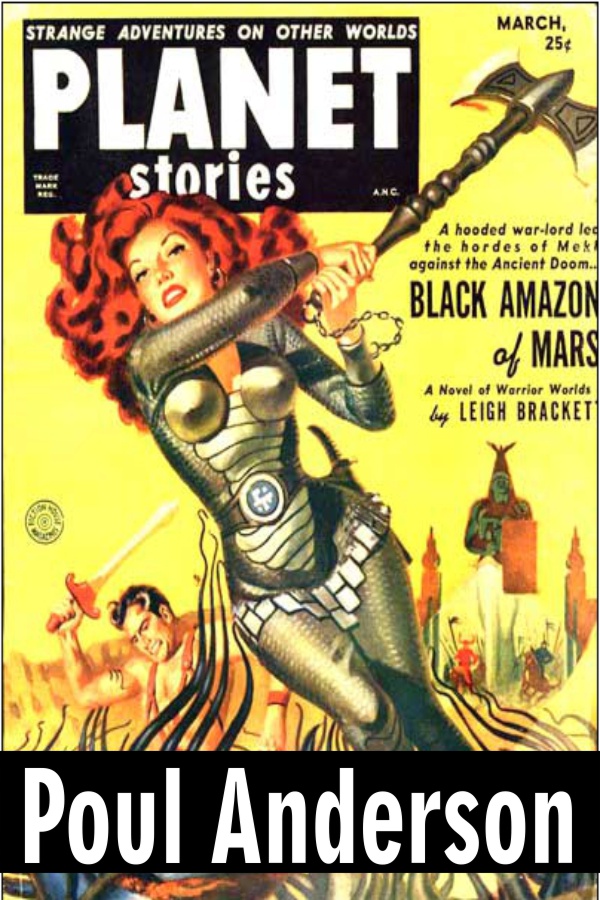By David Nadas
Two field biologists from N.J. Fish & Wildlife discover a pair of waterfowl clinging to a metal cleat with twig-like growths protruding from their skulls and have traced the contagion to a common marsh grass called Phragmites. Shortly after their reporting to the CDC, the contagion has found a human host, then another and another. In less than 24 hours, Phragmites will release their seed to the world, carrying the contagion with it. The event happens quickly and is known among those who study this grass as, November Seed.





Mark (verified owner) –
I finally got around to picking up this book after intending to for far too long. Turned out to be a fantastic read.
The plot (SPOILER ALERT) reminded me of Ophiocordyceps fungus on ants, and the author has taken that behaviour and run with it to great effect.
Particularly I was impressed with how much I could visualise where things were happening despite no real knowledge of the area, and how realistic it is. A plot which comes across as entirely plausible & possible, like all the best sci-fi. I’d love to read an expanded version.